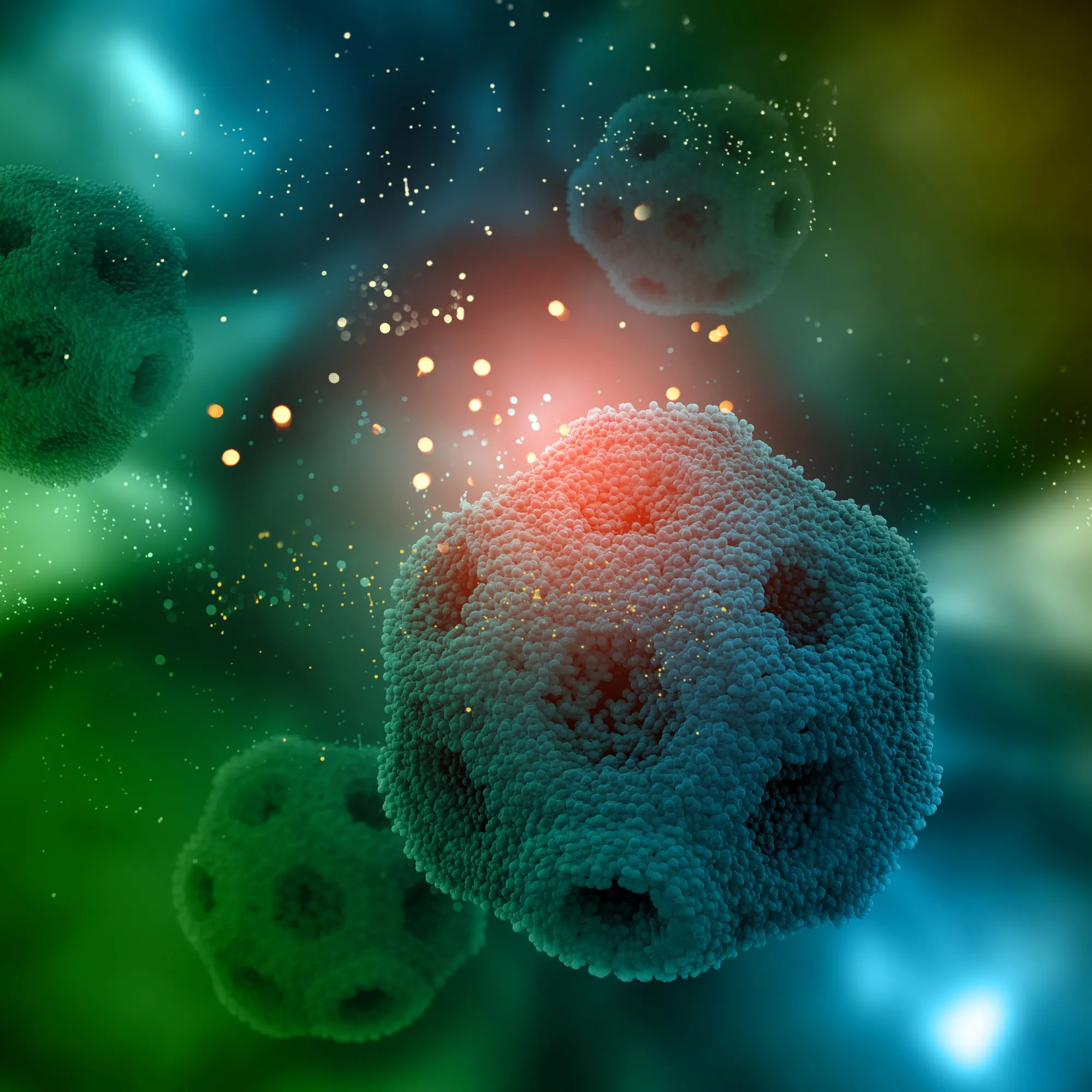Keywords
1. Immunoglobulin fold
2. Protein structure
3. Antibody architecture
4. Proteome analysis
5. β-sandwich fold
The structural realm of biology is witnessing a revolutionary era, marked by the ever-expanding recognition of a super-secondary structural motif that reigns across the diverse panoramas of life – the immunoglobulin fold (Ig fold). The latest edition of Advances in Protein Chemistry and Structural Biology offers a profound structural and functional analysis of the Ig fold proteome, illuminating the staggering versatility and evolutionary finesse embodied by this prominent domain.
Within this milestone publication, “Towards a structural and functional analysis of the immunoglobulin-fold proteome” (DOI: 10.1016/bs.apcsb.2023.11.002), a multidisciplinary team of researchers delves into the architectural intricacies that earmark the Ig fold as a cornerstone of biological design. Their comprehensive review presents an in-depth exploration of the Ig fold’s presence across a gamut of physiological processes, underscoring both its functional diversity and its pivotal role in evolutionary adaptation.
The Central Motif of the Ig Fold – A Double-Edged Sword of Divergence and Convergence
At its essence, the Ig fold is characterized by a β-sandwich structure, comprising two sheets of antiparallel β-strands unified by loops of varying lengths. This modular architecture, sustained by a core arrangement of four β-strands, exhibits a remarkable capacity for structural diversification. The extensions in the β-sheets grant the Ig fold the plasticity to evolve through both divergent and convergent mechanisms, resulting in an expansive Ig fold proteome. This evolutionary dexterity finds its epitome in the antibodies of our immune system, where the Ig fold’s shape-shifting prowess generates a plethora of antigen-binding specificities.
This review, spearheaded by noted researchers, including Tawfeeq Caesar, James J. Song, Umesh U. Khaniya, Thomas Madej, Jiyao Wang, Philippe Youkharibache, and Ravinder Abrol, embarks on a journey to elucidate the various permutations of the Ig fold across life forms. Their analysis traverses the spectrum of biological processes, offering a window into the myriad ways in which this motif has been co-opted to fulfill distinct functional needs.
Beyond the Realm of Immunity
While the acclaimed starring role of the Ig fold in the adaptive immune system is well-established, this structural leitmotif has been deployed far and wide in the orchestra of life. Whether in the regulation of cellular functions or as the linchpin of intermolecular interactions, the Ig fold’s omnipresence is testament to its fundamental nature.
The study furnishes a catalog of visualizations that map the structural variations of the Ig fold, serving as blueprints for future explorations into this proteome. These visual frameworks aid in deciphering the intricacies of protein complexes and uncovering the nuanced dialogues between proteins manifesting the Ig fold.
Biotechnological Renaissance – The Ig Fold Engineered and Reimagined
Mirroring nature’s ingenuity, the Ig fold has been harnessed for a bevy of biotechnological innovations. Scientists have repurposed this versatile structure for applications spanning therapeutics, diagnostics, and molecular engineering. The Ig fold has become a structural muse for the engineering of nanobodies—small, yet robust antibody fragments—and the de novo synthesis of proteins for targeted interventions.
The review encapsulates these advancements, demonstrating how the Ig fold serves as both the canvas and the inspiration for creating novel biotechnological solutions. As the article posits, the Ig fold’s adaptability and universality make it an ideal scaffold for customizing proteins that meet the intricate demands of diverse applications.
In Conclusion – The Ig Fold Proteome’s Future Trajectory
With precision and insight, the review article by Tawfeeq Caesar and colleagues not only portrays the current understanding of the Ig fold proteome but also adeptly lays the groundwork for future studies. It compels the scientific community to further interrogate the depths of this structural motif, to unravel its unexplored potential and to address the looming challenges and opportunities it presents.
This comprehensive overview stands as a seminal contribution to the fields of structural biology, immunology, and protein engineering, beckoning researchers to delve into the wealth of possibilities embedded within the Ig fold’s topology.
References
1. Caesar, T., et al. (2024). Towards a structural and functional analysis of the immunoglobulin-fold proteome. Advances in Protein Chemistry and Structural Biology, 138, 135-178. DOI: 10.1016/bs.apcsb.2023.11.002
2. Bork, P., Holm, L., & Sander, C. (1994). The immunoglobulin fold. Structural classification, sequence patterns and common core. Journal of Molecular Biology, 242(4), 309-320.
3. Al-Lazikani, B., Lesk, A. M., & Chothia, C. (1997). Standard conformations for the canonical structures of immunoglobulins. Journal of Molecular Biology, 273(4), 927-948.
4. Chang, H. Y., et al. (2016). Structural diversity of the classical Ig fold and its evolutionary implications. BioEssays, 38(12), 1228-1238.
5. Stanfield, R. L., & Wilson, I. A. (2020). Protein-peptide interactions and the conundrums of cross-reactivity in the structural analysis of linear epitopes. Immunological Reviews, 296(1), 24-38.
Keywords
1. Immunoglobulin fold
2. Protein structure
3. Antibody architecture
4. Proteome analysis
5. β-sandwich fold
